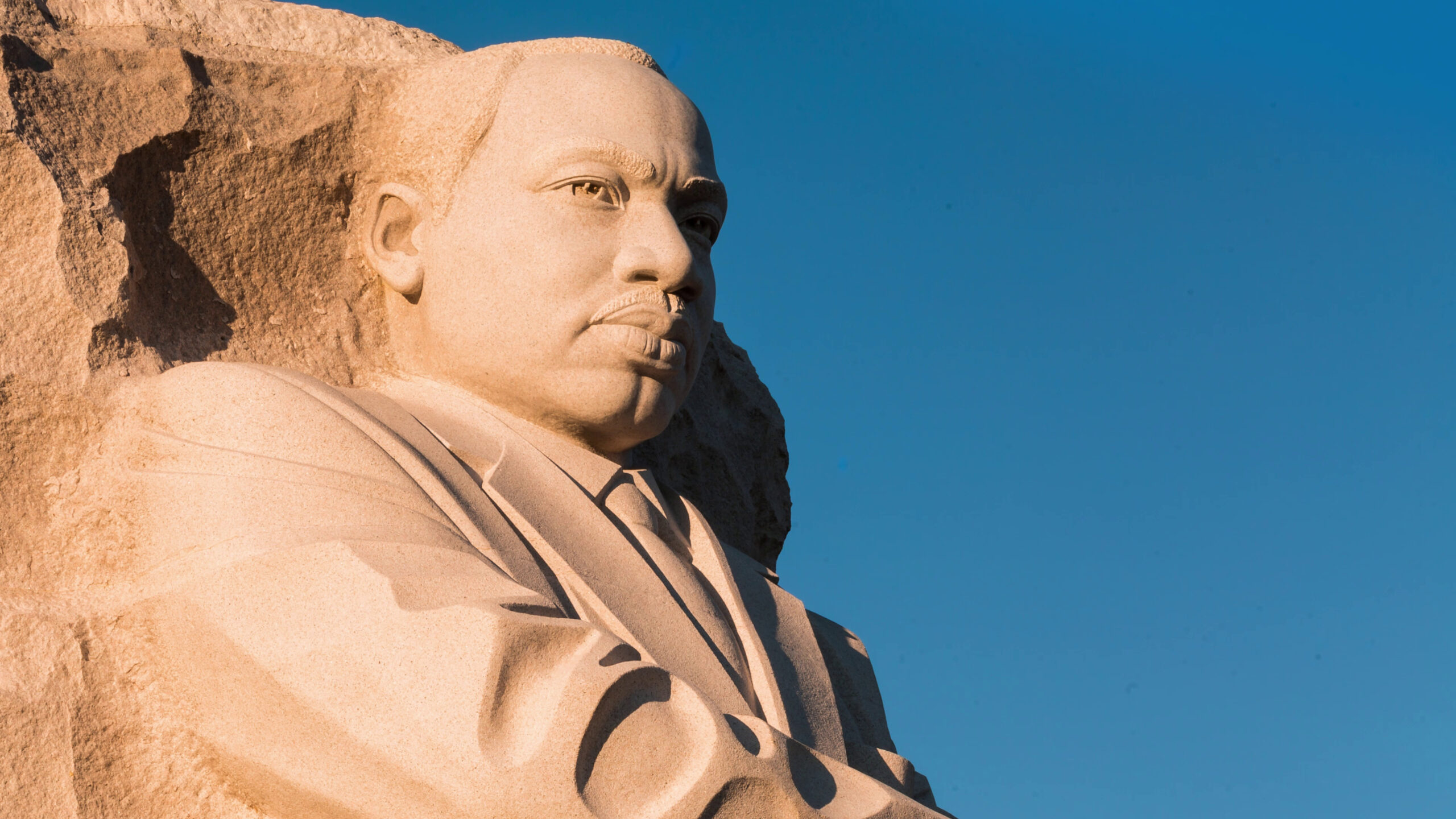Your cart is currently empty!

The Testimony of the Civil Rights Movement
•
Acts 19 serves as the foundation for dismantling strongholds, but there are recent examples that connect to Paul’s blueprint. In honor of Rev. Dr. Martin Luther King Jr. Day, I will demonstrate how the Civil Rights Movement (CRM) serves as a case study of strategic unity for the global body today.
The CRM stands as a forceful testimony of the Church’s prophetic witness. The movement not only confronted systemic racism but also teaches what the Church can accomplish when it operates with strategic focus and unity. Churches across denominations joined forces, setting aside doctrinal differences to achieve a common goal. It’s clear the Church today has much to learn from this moment in our history.
Amos 5:24: “But let justice roll down like waters, and righteousness like an ever-flowing stream.”
The CRM exposed the hypocrisy of a nation that claimed it was “under God,” held up by the pillars of freedom and equality while radiating hate and perpetuating racial oppression. On the surface, America appeared vibrant, but its inner man was like dead men’s bones. This reality positioned the Church as a moral compass, calling the nation to align with the values it professed rather than cultural or political ideologies.
The success of the CRM was in its unified, strategic ministry approach. The Black church, serving as the spiritual and organizational backbone of the movement, identified racial discrimination as the critical stronghold of their time. However, other churches disagreed and did not offer their support. This division gave birth to Black Theology as Dr. King connected the struggles of racism and oppression to the gospel. Rather than dispersing their efforts, the divine and diverse coalition of churches and organizations, such as the Southern Christian Leadership Conference, the National Conference of Black Churchmen, and the Interreligious Foundation for Community Organization, focused their energy on dismantling this evil entrenched in the hearts of those who claimed allegiance to justice for all. The mobilized body recognized racism and segregation not only as social and political issues but also as spiritual ones.
This is the same strategic approach the Stronghold Analysis Network (SAN) seeks to replicate, particularly through Spiritual Spatial Awareness (SSA) and Strategic Spiritual Theology (SST). Just as the CRM emphasized the collaboration of churches to confront the enemy, SSA and SST provide tools to unite churches in targeted spiritual warfare. These frameworks, pioneered by SAN, enable churches to discern the spiritual dynamics of their communities and design tailored strategies to reclaim spiritual territory.
Dr. King’s leadership was the cornerstone of the movement. Along with dozens of pastors, he equipped their congregations by preaching nonviolence and reconciliation as reflections of Christ’s love. Various forms of protest were strategic, each with a specific goal in view. Marches, sit-ins, boycotts, and strikes all demonstrated faith in the gospel and the power of unity when two or three gather.
The Church faces similar and new strongholds of racial inequality, violence, economic oppression, identity crisis, national pride and spiritual apathy. Yet, unlike the united front of the CRM, many churches today tackle these strongholds individually. For some, the priority is their own brand, denomination, or institution over the greater mission of lifting Christ high. Fragmentation weakens the Church’s prophetic witness and effectiveness. Just as the early Church in Acts operated as a single body, sharing resources and standing together in the face of persecution, the Church today must rediscover its collective identity and purpose.
By grace and perseverance, the unified response led to significant legislation, including the Civil Rights Act of 1964 and the Voting Rights Act of 1965, while also leaving a lasting mark on the moral and spiritual consciousness of our nation. These transformations and more are possible when the Church prioritizes God’s values over cultural traditions or doctrinal differences.
The Church must adopt similar strategic ministry models that combine the gift of spiritual discernment with practical action. We must identify the most pressing strongholds in each community, unite across denominations to address them, and equip members with the spiritual tools needed to conquer the territory of hearts and minds. SAN’s vision of organizing regional and global conferences, creating evangelism materials, and fostering collaboration reflects the kind of unified action that contributed to the success of the CRM.
As we honor the legacy of the CRM and leaders like Dr. Martin Luther King Jr., we are reminded that the Church’s greatest victories come not from self-promotion or isolated efforts but from a united, Spirit-led pursuit of justice and truth. SAN stands ready to help the Church take up this mantle. As we face the challenges of our time, may we draw inspiration from the CRM and recommit ourselves to the prophetic witness of a unified Church in a world desperately in need of hope.
We Shall Overcome.
Comments
One response to “The Testimony of the Civil Rights Movement”
Excellent commentary in tying everything together ! We need to see we are all connected as being human beings . There is only one race , the human race ! There is only one faith , the church of Jesus Christ ! The most written book is the Bible ! The most translated book in multiple languages ! The number one best selling book of all times! If we can’t live together as friends we will die separated as fools !